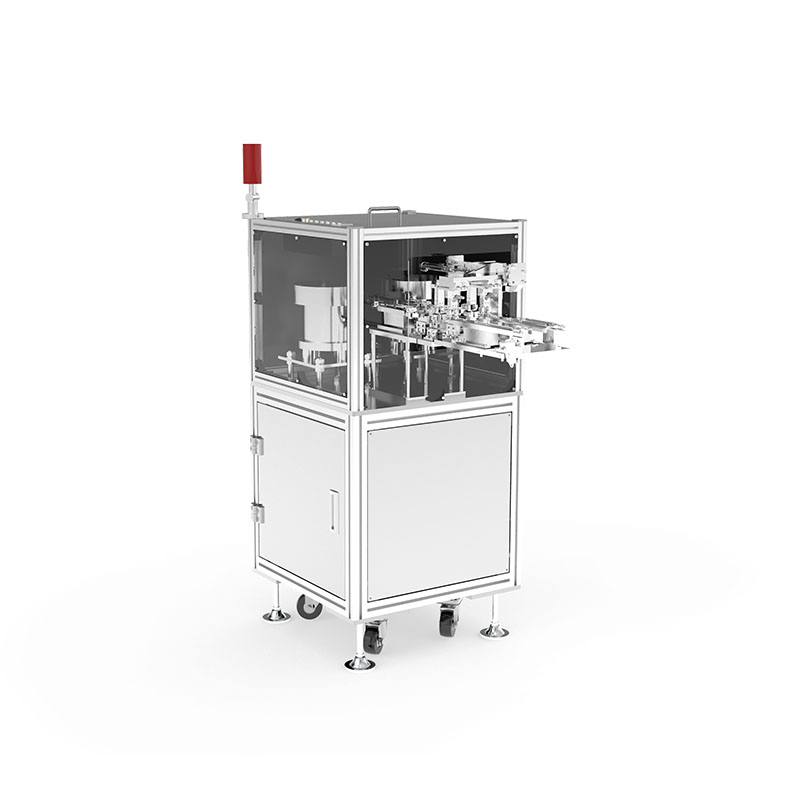214 polarity bowl feeder
214 polarity bowl feeder is a feeder that adds polarity separation function to the ordinary vibrating disc feeder. This product can be used on plug-in machines and is suitable for materials that can b
214 polarity bowl feeder is a feeder that adds polarity separation function to the ordinary vibrating disc feeder. This product can be used on plug-in machines and is suitable for materials that can be distinguished from polarity through simple actions. It has strong targeting, stable material separation, and can be customized according to the required incoming materials.

Specialties
1) This type of vibrating disc generally uses two tracks and a detection platform for feeding, with two grippers or suction nozzles in the middle to handle the material, thus achieving the functions of detection and polarity separation;
2) The feeding track adopts a direct vibration and photoelectric sensor for feeding, with fast feeding speed. The feeding track can customize start stop, alarm and other actions according to customer needs;
3) The size of the disk and the track can be customized according to the incoming materials, and are generally suitable for materials that are not easily deformed.
Element
Working principle: pneumatic+electric
Weight: approximately 200Kg
Power supply: AC220V, DC24V
Air source: 0.5-0.65Mpa (clean and free of impurities)
Power: approximately 150-1000W (depending on disk size)
Feeder specifications
Outline dimensions: 270mm (L) x 940mm (W) x 1400mm (H) (subject to final design dimensions)
Working height selection: 750MM/900MM
Discharge speed: not less than 100PCS/minute
Discharge speed: approximately 1.5S~2S/PIN (double take)
Refueling time: approximately 0.5H (depending on the quantity of material in the tray and the size of the tray)
Station occupancy: 2
Incoming material requirements
1. The material is supplied in bulk.
2. The pins of the material are not easily deformed to avoid track jamming.
3. The material body is not easily deformed or damaged.
4. A single material with an overall dimension tolerance of ± 0.3 and a pin pitch tolerance of ± 0.2. If there are shared materials and dimensions that exceed the tolerance, they need to be re evaluated.
5. The polarity of incoming materials can be detected through simple actions, and there is no irreversible damage to the materials during the detection process.